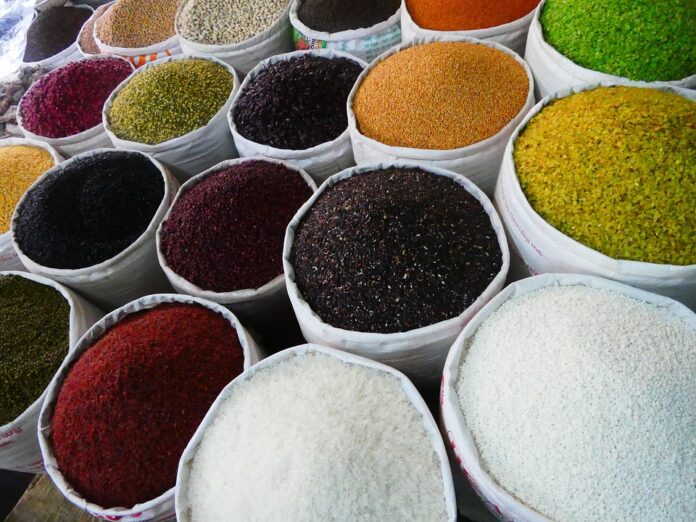Dry Goods Packaging Evolution: The Rise of Flexible and Resealable Formats
The packaging industry has seen a significant evolution in recent years, especially when it comes to dry goods packaging. One of the key trends that have emerged is the shift towards flexible and resealable formats. This evolution has been driven by consumer demand for convenience, sustainability, and freshness, as well as advancements in packaging technology.
The Shift Towards Flexible Packaging
Flexible packaging has become increasingly popular in the dry goods sector due to its numerous advantages. Flexible packaging is lightweight, durable, and easy to carry, making it a convenient option for consumers. It also offers excellent barrier properties, protecting dry goods from moisture, oxygen, and light, which helps to extend their shelf life.
In addition to its practical benefits, flexible packaging is also more sustainable than traditional rigid packaging. Flexible packages use less material, resulting in lower transportation costs and reduced carbon emissions. Furthermore, many flexible packaging materials are recyclable or biodegradable, making them a more environmentally friendly option.
According to a report by Market Research Future, the global flexible packaging market is expected to reach a value of $293.03 billion by 2023, growing at a CAGR of 5.92% during the forecast period. This growth is driven by the increasing demand for flexible packaging in various industries, including food and beverage, healthcare, and personal care.
The Rise of Resealable Packaging
Another key trend in dry goods packaging is the adoption of resealable formats. Resealable packaging allows consumers to easily open and close the package multiple times, keeping the contents fresh and secure. This feature is particularly popular among consumers who value convenience and want to minimize food waste.
Resealable packaging is commonly used for dry goods such as snacks, cereals, and pet food. Companies like Kellogg’s, PepsiCo, and Mars have introduced resealable packaging for their products to meet consumer demand for greater convenience and freshness.
The global market for resealable packaging is expected to grow significantly in the coming years. According to a report by Research and Markets, the global resealable packaging market is projected to reach $18.67 billion by 2026, growing at a CAGR of 5.4% from 2021 to 2026. This growth is driven by the increasing adoption of resealable packaging in the food and beverage industry, as well as in other sectors such as pharmaceuticals and personal care.
Industry Insights and Key Players
Several companies have been at the forefront of the evolution of dry goods packaging towards flexible and resealable formats. One such company is Mondi Group, a global packaging and paper company that offers a wide range of flexible packaging solutions for dry goods. Mondi’s flexible packaging products include stand-up pouches, flat pouches, and barrier films that provide excellent protection and convenience for consumers.
Another key player in the flexible packaging market is Amcor plc, a global packaging company that specializes in flexible and rigid packaging solutions. Amcor’s flexible packaging products are used in various industries, including food and beverage, healthcare, and personal care. The company’s innovative packaging technologies, such as resealable closures and easy-open features, have helped drive the adoption of flexible packaging in the dry goods sector.
Conclusion
In conclusion, the evolution of dry goods packaging towards flexible and resealable formats is a significant trend that is reshaping the packaging industry. Flexible packaging offers numerous benefits, including convenience, sustainability, and freshness, making it a popular choice for consumers and manufacturers alike. Resealable packaging, on the other hand, provides added convenience and freshness for dry goods, meeting the evolving needs of today’s consumers.
As the demand for flexible and resealable packaging continues to grow, companies in the packaging industry will need to innovate and adapt to meet these changing preferences. By investing in new technologies and materials, as well as focusing on sustainability and convenience, companies can stay ahead of the curve and capitalize on the opportunities presented by the evolving dry goods packaging market.




